Kayak Camping Tips for planing ,packing &gear
There’s nothing quite like the feeling of gliding across a glassy lake in a canoe or Kayak Camping Tips , taking in the tranquility of nature as you make your way to a secluded campsite. As an avid paddler and camper myself, I’ve discovered that combining these two passions into one outdoor experience multiplies the fun exponentially.
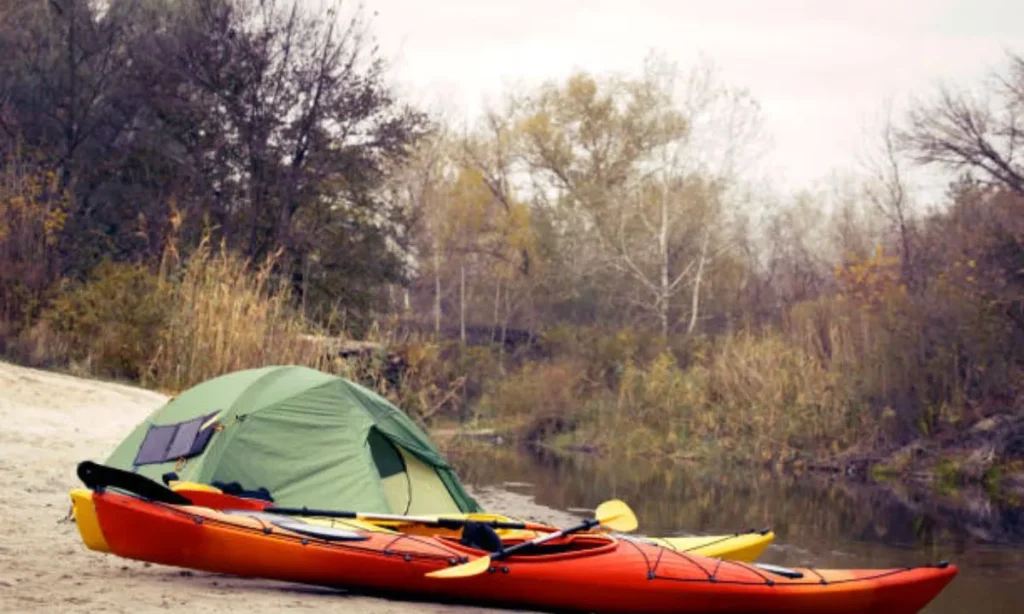
Canoe and kayak camping opens up a whole new world of places to explore that are inaccessible to traditional backpacking. There’s an unmatched sense of freedom that comes from packing your essential gear into a trim vessel and setting off on a self-propelled adventure.
For those seeking to reconnect with nature in its purest form, canoe and kayak camping is the ideal escape. As the new Kayak Camping season gets underway this spring, grab your paddle and sleeping bag to enjoy an iconic outdoor experience that never gets old.
When you camp near water, do these two things:
Related Article: 13 Winter Kayaking Tips
Kayak Camping Tips is Choosing Your Campsite

Look at your maps every morning before you start paddling. This will help you know where you are going and how to plan your stops and food. You want to reach your goal for the day.
Remember that you might not see the place you want to camp at night. Have some other places in mind along the way, so that you can pick one when it gets late.
Using Established Campsites
Use the campsites that are already there if you can. This way, you don’t harm the land and you respect nature. You might also find some things like fireplaces, flat spots for sleeping, and toilets to make your Kayak Camping more comfortable.
PACKING TIPS For Beginners
When packing for a canoe or kayak camping adventure, I aim to avoid excess packaging to reduce hassle and waste. Gone are the days of heavy cans and breakable glass – lightweight plastic pouches and BPA-free bottles are the way to go.
Though plastics aren’t ideal, I reuse Ziploc bags and haul empty pouches back home rather than resorting to environmentally harmful practices like burning trash. I pre-portion meals at home to avoid bulky boxes and bags. My compact cook kit contains just the essentials – a backpacking stove, spork, plate, mug, and mini cutting board all nestled neatly into a storage bin.
As for food, daily snacks and meals are organized in stuff sacks and color-coded bags. Each dinner has its produce bag filled with ingredients and cooking instructions. I supplement with portioned nut butter and oils in lightweight bottles that withstand the journey.
Though planning takes time upfront, smart minimalist packing makes for smoother sailing once on the open water. With the freedom to explore shoreline campsites accessible only by paddle, the effort is well worth it. My stripped-down approach ensures I can fully immerse in the tranquility of nature while leaving no trace behind.
KEEP BREAKFAST AND LUNCH SIMPLE
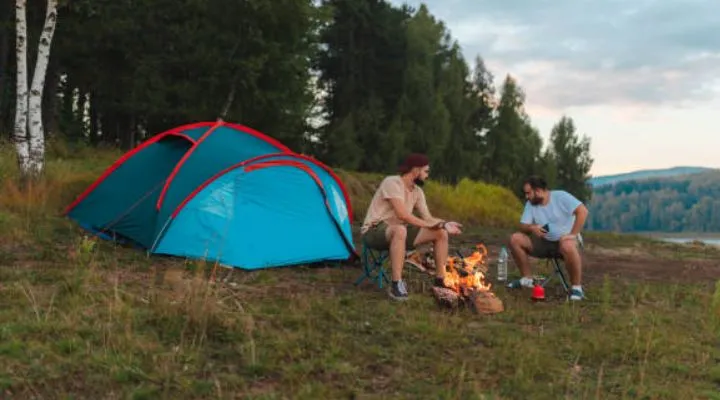
For breakfast on short trips, we eat granola with yogurt and orange juice from a box. On longer trips, Barbara likes to eat Logan’s bread. Logan bread is a dense, sweet bread made for climbing Mount Logan. It is easy to eat when packing up camp. I also need instant coffee.
For lunch, we make simple foods. Sometimes in camp, we eat whole wheat tortillas with peanut butter and trail mix rolled up. When paddling, we stop to eat a snack from our boat. Good snacks are power bars, cheese, dried fruit, and nuts. We also keep snacks like Tootsie Rolls in our life jackets in case we get hungry on the water.
But we have to remember to take the snacks out at night so animals don’t chew our life jackets. Bears or raccoons could also damage our boats trying to get snacks we left inside.
Choosing Your Campsite
When Kayak Camping along the shore, it’s important to minimize our impact. If there are no established sites, look for durable surfaces like sand or gravel bars to pitch your tent. Stay at least 200 feet from lakes and rivers to avoid contaminating the water source.
Be mindful of fragile plants and ecosystems – never trample over sensitive areas. Seek out natural wind blocks like stands of trees or small rises in terrain. Position your tent out of view from the water to maintain a peaceful atmosphere for other paddlers.
If Kayak Camping along the coast, check for high tide lines and set up camp at least 100 feet inland to avoid rising tides. On rivers, look for signs of flooding and avoid areas with high water marks. Taking note of these details allows us to enjoy nature’s beauty responsibly. With care and consideration for our surroundings, we can discover secluded shoreline sites while leaving no trace of our passing.
Setting Up Camp
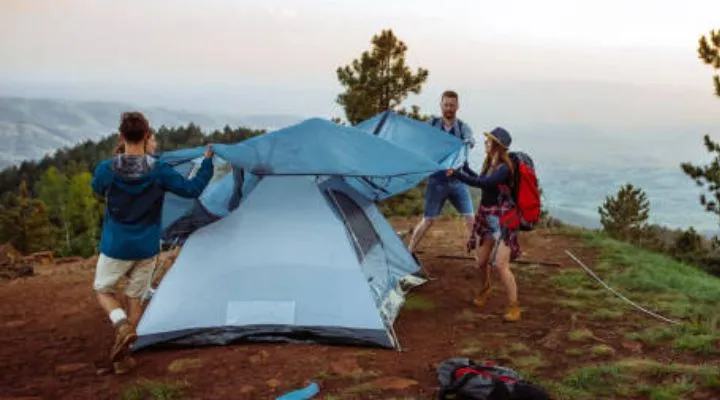
Setting up camp is a team effort. After unloading the boats, move them away from the water so they’ll be safe overnight.
Then get camp set up. Everyone pitched in to collect water, put up tents, and lay out the kitchen area. Trade-off jobs each day so no one gets stuck with the same boring task every time.
If you’ve got a big group, make a written schedule of who does what each day. Go over it together before the trip. That way everyone knows their jobs and no one can argue about it later. Working together makes setting up a breeze!
Camp Cleanliness/Personal Hygiene
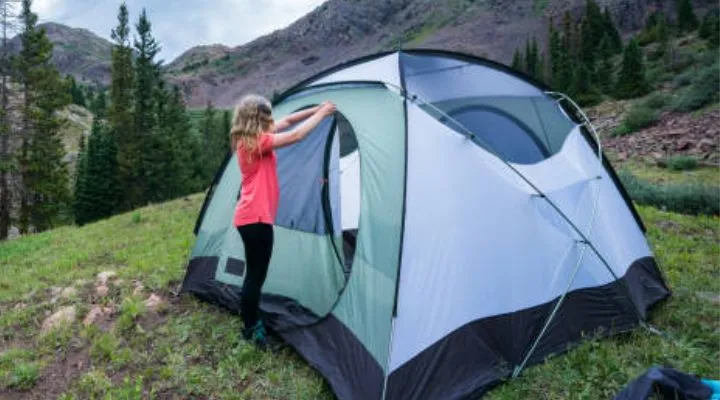
When you are in the wild, keep the water clean for everyone. Do not wash anything near the water. Use a bucket to take some water and go far away. Then you can wash your things and yourself. If you need soap, use one that does not harm nature. Soap can make the water dirty and green.
When you need to poop, find a place far away from the water, tents, and paths. Dig a small hole and poop in it. Then cover it well with dirt. If you have toilet paper, burn it or put it in a bag. Do not leave it there. In some places, you need to take your poop with you in a special bag.
Note: When you are near the sea, do not poop in the sand that gets wet when the tide is low. This is bad for the water and is not allowed anymore. You can poop in the sand that stays dry or use a special bag. You can pee in the wet sand.
How to Eat Well and Impress Your Paddlemates
When you go camping with a kayak, you can take better food than when you go with a backpack. Some parks have special boxes where you need to put your food, so the bears don’t get it.
If not, I like to put my food in big bags that don’t get wet. I also put a trash bag inside to keep the smell and the mess away. I use different colors for the bags, so I know what is for breakfast, lunch, and dinner.
With a kayak, you have more space to bring some fresh fruits and meat. But you don’t have a fridge, so the fresh food will go bad after 2-3 days. So it’s better to eat the fresh food first and save the pasta and dry food for later.
Some fresh foods last longer than others. Carrots, peppers, onions, apples, and oranges are good. Avocados are bad. They always get rotten by day three. If you bring meat, eat it by day two.
Make a plan for your meals before you go and write down what you need and how to make it. Then, put your plan in a plastic bag to keep it dry. This will help you when you look for the food in the bags and forget what you have.
Bring a lot of plastic bags to put the trash, the leftovers, and the things you can recycle. When you can, use one of the empty food bags for the trash. Keep everything clean and neat, and wash the trash or the things you can recycle before you put them in the bags.
Even if you are new to Kayak Camping, you can make some great meals with a simple stove. Bring a board and a good knife to cut the veggies and the meat. A big bowl to put the things you cut can also help.
Then: how to plan meals for a trip
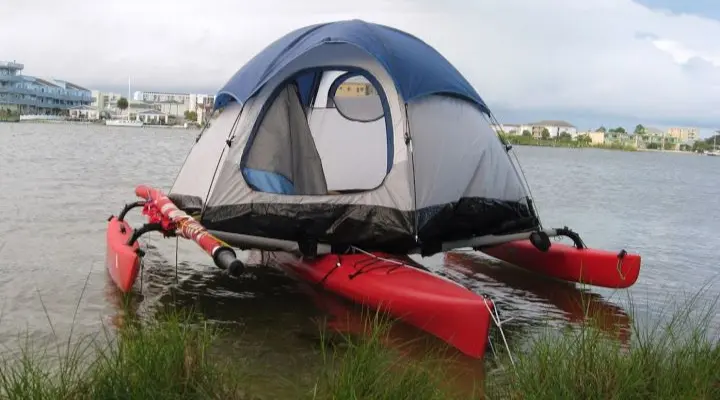
Planning meals is key whether it’s a weekend trip or an expedition. For longer trips with 4+ people, have a pre-trip dinner to organize:
a) Make a wish list of breakfasts, lunches, dinners, and snacks everyone wants. Go wild with ideas! Just be sure to include protein, fruits/veggies, grains, and some fat for energy.
b) Make a schedule with 3 meals, 2-3 snacks, and water needs for each day. Note mileage, campsites, and environment (bear country? fresh water?). This helps pick convenient foods.
c) Match the wish list to the schedule. Be realistic – no pancakes if you’re up at 6 am! Check for allergies too.
d) Use the rules on food safety, vegetarian meals, and fresh produce as a guide.
e) Plan extra meals (30% more) in case food spoils, the trip runs long, or you get starving. Bars, nuts, and dried fruit are good backups.
f) Make a grocery list based on the menu. Get fancy too – wine, olive oil, herbs and spices, chocolate! Portions can be double home.
g) Shop and have fun! Planning together makes for a delicious trip.
Helpful Hacks for Kayak Camping
Sure thing! If you’re getting ready for your first kayak camping adventure but don’t know where to begin, don’t worry! I’ll help you out. Let’s talk about what stuff you need to bring, how to pack your kayak, the best gear to take, how to plan your trip, and other important things to know about overnight kayak camping.
How to Choose a Kayak Camping Location
Picking the perfect spot for your first kayak camping adventure is key to packing right and paddling smoothly. Start nice and easy on a lake or river with sites already set. Aim for just 1-2 nights while you get the hang of it. 5-15 miles daily lets you make progress without rushing.
If you blaze your trail, be mindful of your surroundings. Keep your tent 200 feet from the water to avoid contamination. Coastal Camping means fabulous wildlife, but watch the tides! Set up camp above the high tide line so you don’t wash away.
Take it slow and make it fun. As your skills improve, you can challenge yourself with longer trips and new territories. For now, focus on the basics – your kayak, the water, and the simple joy of nature’s peace. The rest will come with practice. Just paddle forth and embrace the adventure!
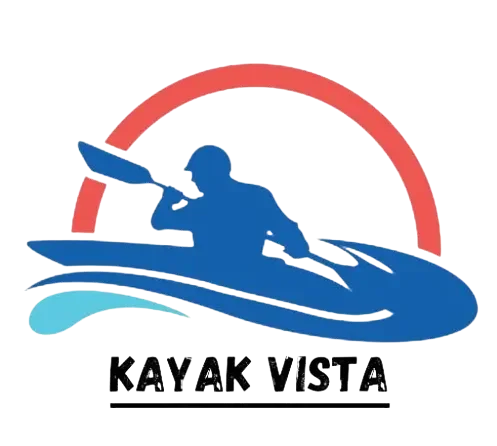
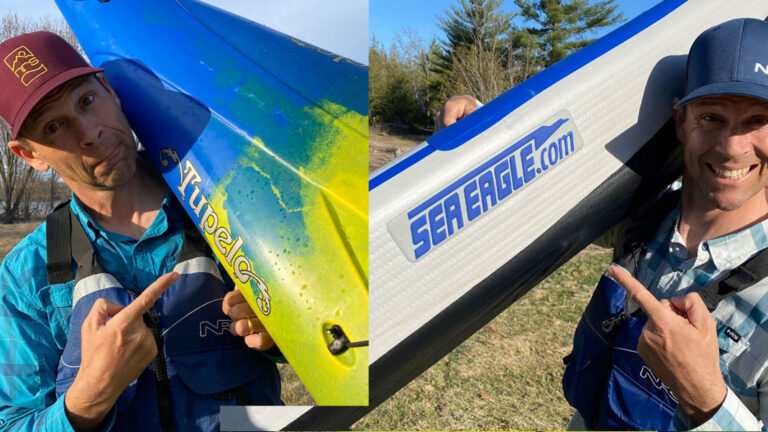
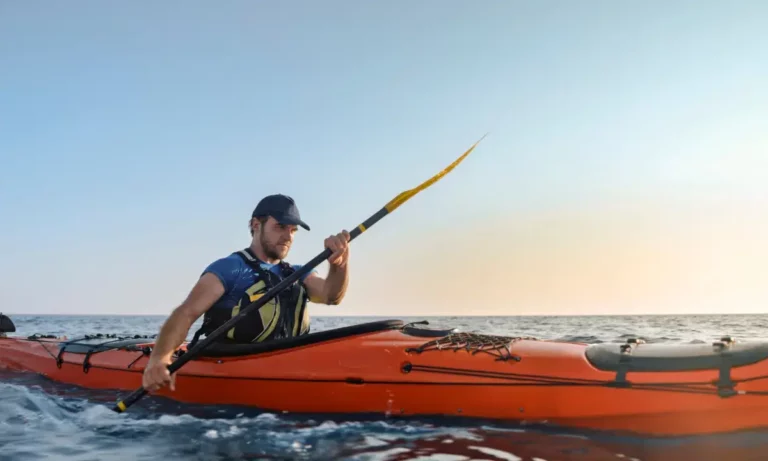
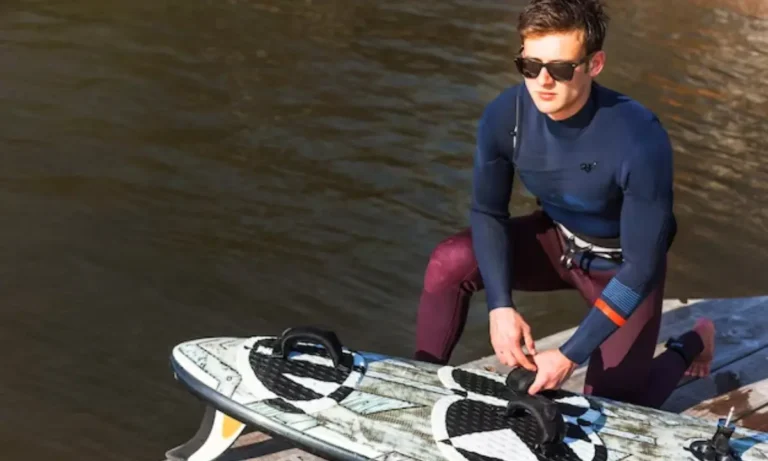
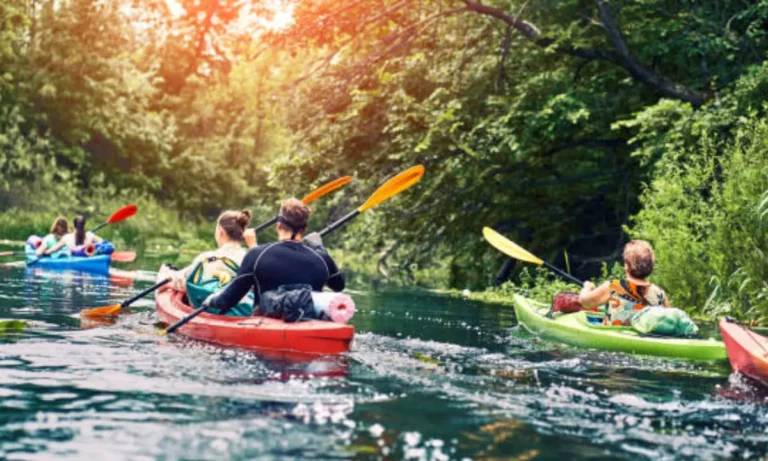

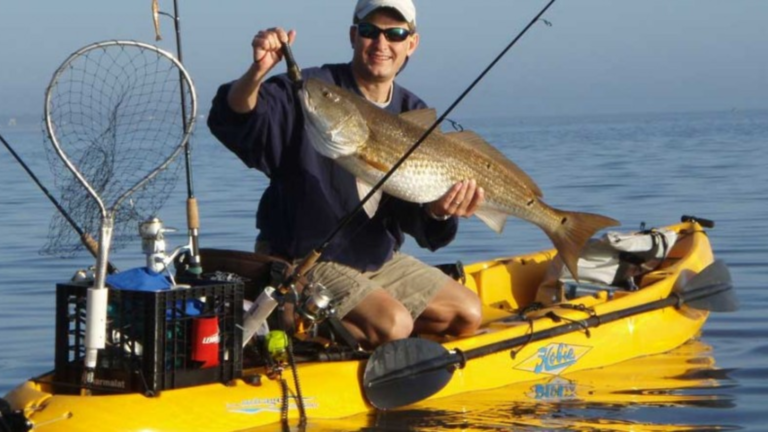
2 Comments